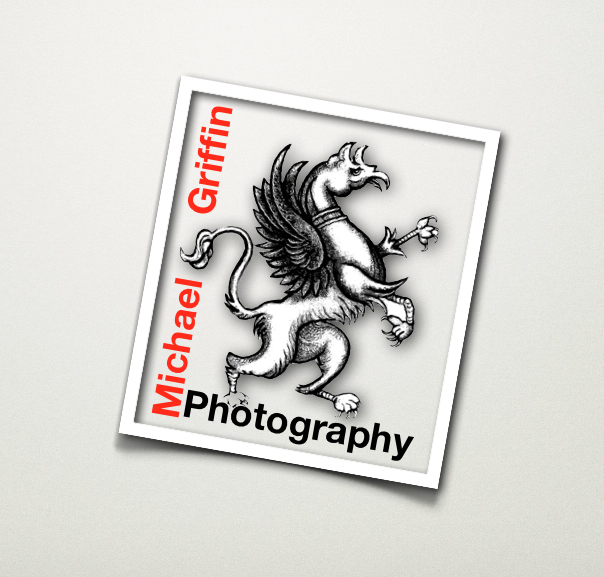It has been my privilege to know Richard Jermyn who I can only describe as a unique individual. One of his many passions is letter press printing and all that is associated with the craft. Over the years he has collected many presses, given countless demonstrations and produced some fine work. For some time he had expressed a desire to build a press - a full scale working model. This is the story about building "The Common Press."
The Common Press, he told me, was made in London, England c.1700 of wood typically Elm, Oak and Beech. Iron was used to make the bolts, hinges, hooks, bar and the spindle. Plans for The Common Press were duly sought and some partners in crime gathered and were inoculated with the idea of building such a contraption. Up until now, the only examples of this not-so-common press was Fawkner's press found in the Melbourne Museum. 'The Melbourne Advertiser', was printed on this in 1838 and was that city’s first newspaper.
At Max's blacksmith shop, Richard discusses some finer details.
Max Bowran, a much accomplished artisan blacksmith, didn't take much convincing to come on board along with Les Hite a wood turner and Ian English who provided some technical support. Later on Lynton Haberman joined the team providing precision machining, and Sally Gudgeon, who provided some excellent wines for the opening. Richard at the helm, or should I say hand on the arm, commenced looking for large pieces of Elm, Oak, and Beech, but sadly after much searching here in Australia his luck was out. Even sourcing this timber in England would have been challenging. It was decided, albeit with a little reluctance, that Australian hardwood timbers would be used. However, with Australian timbers the press will likely outlive any of its European built machines.
A square bar is heated and then using a power hammer skillfuly shaped into the arm for the press.
Using his favourite power hammer, Max starts to draw out the tapered end that fits into the slot of the shape of the handle.
First fit, whilst the metal is still hot.
Some selective cooling.
Shaping square head bolts.








